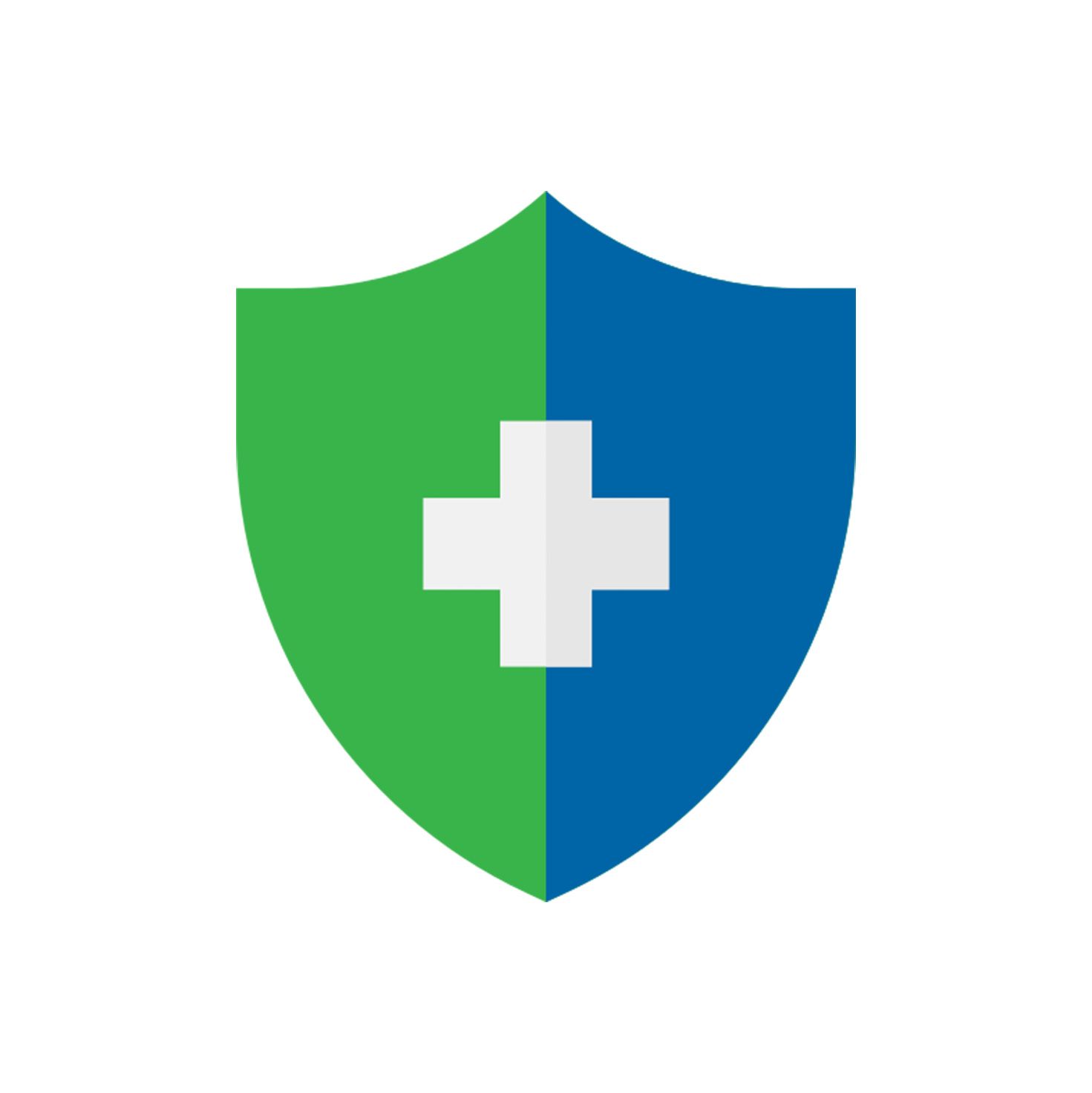What Are Autism Spectrum Disorders?
Autism, or autism spectrum disorder (ASD), refers to a broad range of conditions characterised by challenges with social skills, repetitive behaviours, speech and nonverbal communication. A diagnosis of ASD is somehow confusing for many parents since it includes different types such as autistic disorder, Asperger syndrome, high-functioning autism (HFA) etc.
However, in 2013, the American Psychiatric Association merged four distinct autism diagnoses into one umbrella diagnosis of autism spectrum disorder (ASD), which comprised Asperger syndrome. From the word ‘spectrum,’ we could understand the signs and symptoms of Autism vary among people and people of various ages.
Signs and Symptoms of Autism
Although people with ASD behave differently, their characteristics can be categorised into 3 types as followed:
Communication
- Delayed speech and language skills
- Repeat words or phrases over and over (echolalia)
Social Skills
- Do not share interests with others
- Fail to recognise emotions and intentions in others
- Have trouble understanding other people’s feelings or talking about their own feelings
Unusual Interests and Behaviours
- Need for unvarying routines, (e.g. bus routes, specific seats on bus)
- Repetitive behaviours (e.g. lining up objects, spinning wheels)
- Get upset or irritated by minor changes
How to Diagnose Autism for Your Infant?
As pointed out by the Centers for Disease Control and Prevention, ASD begins before the age of 3 and lasts throughout a person’s life, although symptoms may improve or change over time. If you observe your child behaving as below, he or she may have autism. Possible ‘Red Flags’ include:
- Not respond to their name by 12 months of age
- Not point at objects to show interest (point at an airplane flying over) by 14 months
- Not play “pretend” games (pretend to “feed” a doll) by 18 months
- Avoid eye contact and want to be alone
- Have delayed speech and language skills
- Repeat words or phrases over and over (echolalia)
- Give unrelated answers to questions
- Get upset by minor changes
- Have obsessive interests (e.g. play with the same toy only)
- Flap their hands, rock their body, or spin in circles
- Have unusual reactions to the way things sound, smell, taste, look or feel
What Causes Autism?
Scientists do not know all of the causes of ASD, but research shows that biologic and genetic factors make a child more likely to have autism.
While some studies are trying to prove the correlation between environment, behaviours, and autism, the below two pregnancy factors increase the risk of ASD.
- When taken during pregnancy, the prescription drugs valproic acid and thalidomide have been linked with a higher risk of ASD.
- Children born to older parents are at greater risk of having ASD.
Genetic Factors of Autism
Although it is not proven that autism is hereditary, most scientists agree that genetics affect your chances of developing ASD.
- Changes in certain genes increase the risk that a child will develop autism.
- Children who have a sibling with ASD are at a higher risk of also having ASD.
- Individuals with certain genetic or chromosomal conditions, such as fragile X syndrome, can have a greater chance of having ASD.
Treatments for Autism
Currently, no treatment has been shown to cure ASD, but behavioural therapy and medication may reduce symptoms. The mainstay of intervention for ASD is to improve the cognitive ability and daily living skills of the child through behavioural and educational training, social adjustment and continual parental support.
The following are treatment approaches with more evidence and efficacy:
-
Behavioural Approach
This approach is based on the learning theory that behaviour is shaped by antecedents and reinforcement. Examples of programmes included Applied Behaviour Analysis (ABA).
-
Combined Approach
Some programmes have been developed using principles from both the behavioural and social/developmental approaches. Examples include TEACCH (Treatment and Education of Autistic and related Communication handicapped Children), emphasising the use of the structured environment and visual cues to enhance an ASD individual’s understanding of environmental expectations and others’ behaviours to facilitate their learning. -
Relationship-Based Approach
This approach is generally play-based and taught in the child’s natural environment with parents playing the major roles in the intervention. This helps to facilitate children to reach milestones in their emotional development, enhance social awareness, establish an intimate interpersonal relationship, and expand their learning experiences. -
Socio-Cognitive Approach
Examples of socio-cognitive approach include:- Social Story: Learn appropriate social behaviours and build social skills through short descriptions of a particular situation, which include specific information about what to expect in that situation and the reasons behind it.
- Social Thinking: Help children to understand the thoughts, emotions, perspectives, motives and intentions of others so as to make appropriate social responses or actions.
- PEERS Program: Teach children about appropriate social skills in group settings by emphasising parents’ involvement and enhancing their instructional skills.
- Social Story: Learn appropriate social behaviours and build social skills through short descriptions of a particular situation, which include specific information about what to expect in that situation and the reasons behind it.
Costs of Autism Treatment
It is costly to treat autism in Hong Kong. For example, the fee of a 1:1 ABA Session with a therapist is from HKD 900, while weekly social groups cost HKD 6,200. There are also charitable organisations providing a month of intensive Applied Behaviour Analysis (ABA) Treatment for free to children with Autism from low-income families. You could look for more information online and seek professional advice from the organisation for more details.
Tips for Parenting a Child with Autism
Parents of autistic children also need to learn more about autism and support them in daily life. The Society for the Welfare of the Autistic Persons issued a Parent’s Guide to Autism, which introduced some tips for taking care of children with ASD and improving their kids’ social, communication, behaviour,l and learning skills. Below is an extract from the guide. You could read the complete guide here.
| 3 Things You Should Do
|
4 Qualities You Should Have
|
| Control the environmental factors
|
Be consistent
|
| Focus on the positive
|
Be organised
|
| Give it time
|
Be objective
|
| Be accurate
|
A part from the mental health of your child, we should also pay attention to the physical condition of child. Cigna Health4Kids Premium Refundable Plan covers up to 16 children critical illnesses including cancer and coronary diseases. We invest in prevention, rather than just reacting to symptoms. Hence we provide annual coverage on preventive care expenses, including vision and oral health, vaccinations and health check-up. Learn more here.
Sources:
© Cigna Healthcare 2023
Information provided in this article is intended for health and fitness purposes only and is not intended for use in the diagnosis of disease or other conditions, or in the cure, mitigation, treatment or prevention of disease (see Terms & Conditions for details). Any health-related information found in this article is available only for your interest and should not be treated as medical advice. Users should seek any medical advice from a physician, especially before self-diagnosing any ailment or embarking on any new lifestyle or exercise regime. Any information contained in this article may not be suitable, accurate, complete or reliable. Cigna Healthcare accepts no responsibility for the content or accuracy of information contained on external websites or resources, or for the security and safety of using them. "Cigna Healthcare" and the "Tree of Life" logo are registered trademarks of Cigna Intellectual Property, Inc. in the United States and elsewhere, licensed for use. All products and services are provided by or through operating subsidiaries, and not by The Cigna Group.



